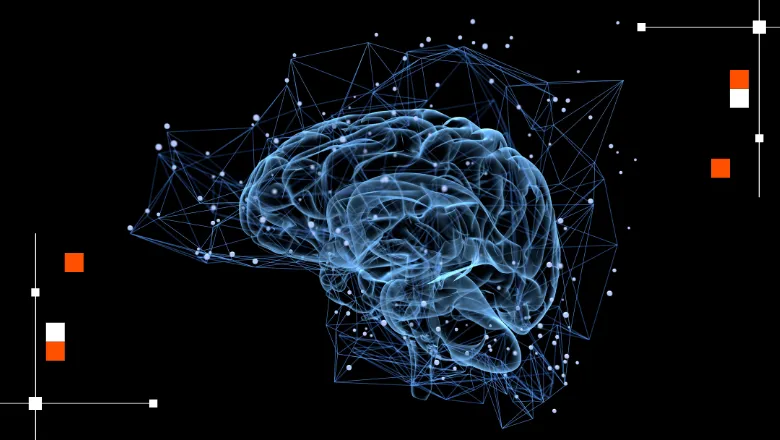The ability to fine-tune our models to fit various clinical scenarios and MRI sequences suggests a potential for wider application of brain age estimation. By identifying older-appearing brains compared to actual chronological age, we can use a non-invasive tool for early diagnosis, patient stratification, and monitoring of disease progression.
Dr Thomas Booth, Reader in Neuroimaging, School of Biomedical Engineering & Imaging Sciences
04 March 2024
Brain-age prediction tool developed to support early diagnoses of neurological disease
Researchers from King’s College London have developed a deep learning framework for brain-age prediction using MRI data.

Comparing a patient’s brain-age against their chronological age can identify numerous neurological and psychiatric conditions and in doing so, can help predict future health outcomes.
While brain-age has emerged as a promising biomarker of neurological health, there has been an absence of large, diverse, and clinically representative training datasets to build brain-age prediction models for clinical use. This study built, and made available, a set of models for clinical use. It was achieved by training different brain-age models from a wide variety of magnetic resonance image (MRI) types, using a diverse set of images from 10,000s of patients.
The toolkit of pre-trained models is versatile and will not only allow researchers to use these directly, but also will allow them to further fine-tune models to suit the specific requirements of different clinical scenarios and MRI sequences.
Thomas says, "This has particular relevance in the era of disease modifying therapies for neurodegenerative disease, where treatments are likely to focus on the very earliest stages of the disease.”
This work was supported by the Royal College of Radiologists, King's College Hospital Research and Innovation, King's Health Partners Challenge Fund, NVIDIA, the Wellcome/Engineering and Physical Sciences Research Council center for Medical Engineering and an MRC DPFS grant.
Read the full study here.

